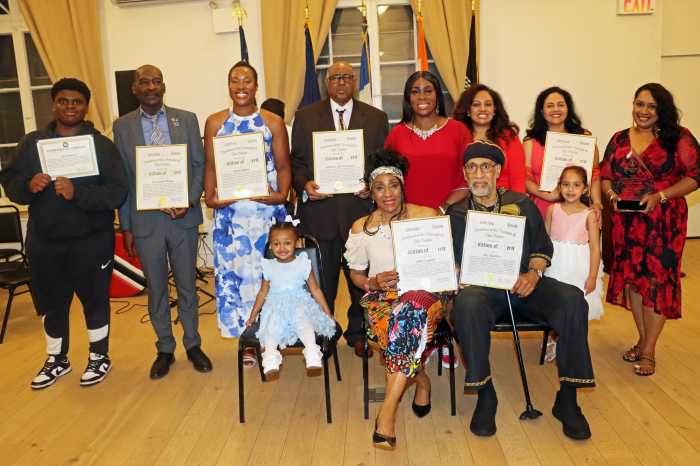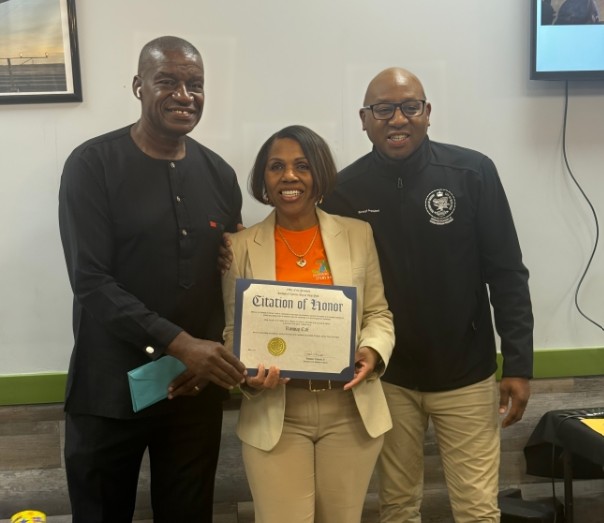UNITED NATIONS, Nov. 3, 2015 (IPS) – An issue mostly associated with Africa and Asia, malaria may not initially come to mind when we think of the Americas.
It has been over 60 years since the United States was declared malaria-free, and many countries in the region have made great strides against the disease in recent years, largely making malaria either a thing of the past or an irrelevant topic of discussion.
Yet, as we mark the 9th annual Malaria Day in the Americas on Nov. 6, an estimated 120 million people in the region are at risk of malaria. With so many of these countries nearing elimination targets, we must use this occasion to reflect on the lessons we’ve learned and recommit ourselves to pushing this disease out of the Americas once and for all.
With just weeks left under the Unied Nations Millennium Development Goals (MDGs) and a newly adopted 2030 Agenda for Sustainable Development to take its place, there’s no better time than now.
Since 1998, when the Roll Back Malaria (RBM) Partnership was founded, 100 countries worldwide have become free from malaria, over six million malaria-related deaths have been averted and the MDG target for malaria has been achieved and in some cases even surpassed.
This is thanks to global investments – including from regional donors like the U.S. President’s Malaria Initiative and the Canadian government – as well as multilateral mechanisms like the Global Fund to Fight AIDS, Tuberculosis and Malaria.
Latin America is no exception to this unprecedented progress. Technical leadership by the the World Health Organisation’s Pan American Health Organization (PAHO) and political commitment has helped scale-up interventions that have reduced malaria-related deaths by nearly 78 per cent between 2000 and 2013.
Next year, Argentina may become the second country in the Western Hemisphere to be certified malaria-free — and Costa Rica, El Salvador, Ecuador and Paraguay are not far behind, making the region closer to achieving malaria elimination than ever before.
With the Sustainable Development Goals (SDGs) — including a target to eliminate malaria by 2030 —, we must build on our achievements so that we can save lives and unlock potential in communities across the region.
To answer this call, WHO and the RBM Partnership have developed their respective Global Technical Strategy for Malaria 2016–2030 (GTS) and Action and Investment to Defeat Malaria 2016–2030 — toward a malaria-free world (AIM), which together provide a forward-looking, complementary framework to tailor local strategies and mobilize action and resources to achieve elimination in the next 15 years.
First launched in July at the Third Annual Financing for Development Conference in Addis Abba by the UN Secretary General and several heads of states, this vision will be presented next week at the Ministers of Health meeting in Brazil.
But ambition and strategic vision alone will not carry us across the finish line. We must also ensure the financial underpinning required to deliver on the promise of malaria elimination our leaders have made in the SDGs — something which experts estimate will cost more than 100 billion dollars.
While total international and domestic financing for malaria peaked at 2.7 billion dollars in 2013, current figures show a significant gap in much-needed funding. In Latin America alone — a region positioned to lead the way in global elimination efforts — funding for malaria has decreased from 214 million to 140 million dollars between 2011 and 2013.
Staying on track will require increased financing by the international donor community, as well as increased domestic financing by affected countries. It won’t be cheap, but our front-loaded investment is paltry compared to the consequences of not investing now.
With malaria showing signs of resurgence in places like Venezuela, Guyana and Haiti, largely due to cross-border migration and patchy surveillance systems, a failure to act now places our achievements in jeopardy and threatens broader development efforts of the region.
Beyond being morally compelling, investing in malaria is a solid economic investment. If the financial targets outlined in the AIM are met, nearly three billion malaria cases globally will be averted and over 10 million lives saved. These are not simply numbers; they are people that fill classrooms and form a healthy workforce capable of returning more than an estimated four trillion dollars of additional economic between 2016-2030.
As we move forward, with our eyes on the finish line, governments in the region must continue — and even increase — their commitment to malaria control, including through multi-sectoral and cross-border collaborations like the Mesoamerica Malaria Elimination Initiative, the Malaria Champions of the Americas and the Amazon Malaria Initiative.
The private sector also has a role to play, through continued investment in their employees and their communities of operation. Expanded efforts will not only help save lives and decrease financial burden to societies and governments, they will also drive regional trade and tourism.
As we join together to commemorate the last Malaria Day in the Americas before transitioning to a post-2015 era, let us remember that we are not malaria-free until we are all free of malaria, and achieving this is critical to achieving the broader development targets set by the SDGs.
We have the tools and knowledge, and now with the GTS and AIM, we are able to learn from past lessons, build on our successes and come together — across borders and sectors — to finally and sustainably achieve malaria elimination.




















